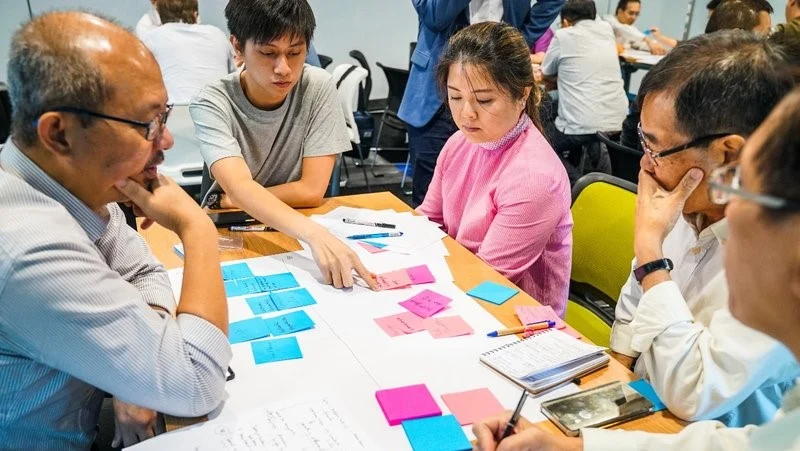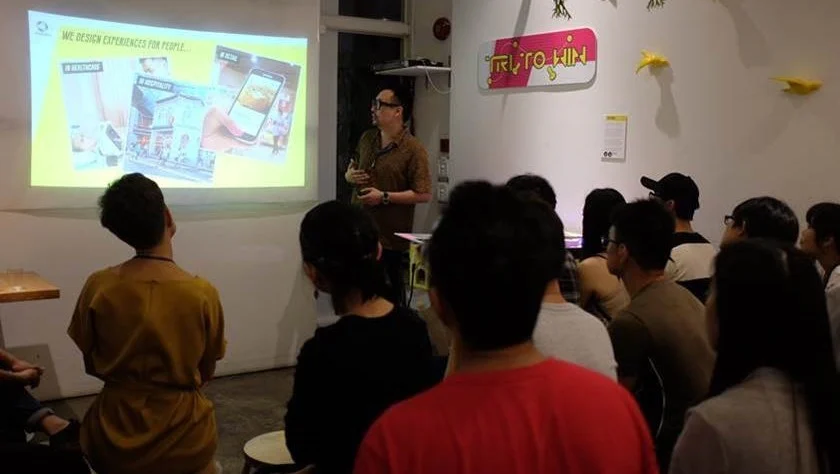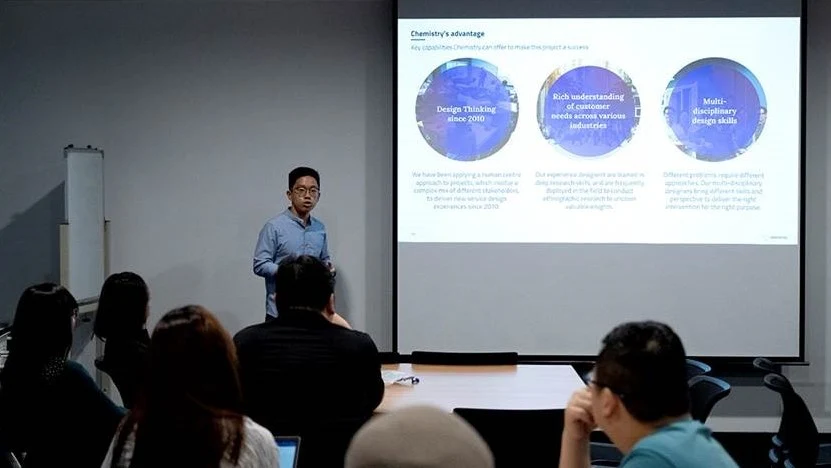
By Jeffrey Koh
As the world economy slows down due to the coronavirus pandemic, the behaviours of our customers, users, visitors and audiences are radically changing. In response, companies are turning to strategies including transmedia storytelling—where a single cohesive narrative is told across various media platforms—and multimodal interaction, which provides users with multiple modes of interacting with a system.
Strategies like transmedia storytelling and multimodal interaction not only help companies introduce their products and services to new and existing customers, but also keeps those customers informed and engaged while their minds wander towards other things—like how to survive pandemics! Though these buzzwords may sound cryptic and jargon-y (they are), employing these advanced strategies mean nothing without a deep understanding of your customer’s journey towards a product or service.
Understanding customer journeys is especially important now, as businesses are forced to rethink how their efforts attract and engage customers.
Design thinking, with its human-centred and iterative approach to innovation, offers a unique framework to develop products and services that truly meet our customers’ needs.

With customers now becoming more mindful of their spending, I can’t help but think about how applying philosophies like the Slow Movement to design thinking can help businesses adapt to changing consumer behaviours during this COVID-19 period. In the first article of this two-part series on design thinking in the post-COVID economy, I’ll be introducing you to the Slow Movement and its importance especially in a challenging consumer climate.
What is the Slow Movement?
In 2004, author and journalist Carl Honoré wrote a book titled In Praise of Slow. In the book, he analysed and critiqued our civilization's addiction to speed. Referring to a “cult of speed”, he discussed how our entire system of economy, politics, culture and ultimately, society, is geared towards quick consumption.
The Slow Movement, on the other hand, takes a mindful approach towards how we conduct all aspects of our lives, including business.
Carl Honoré describes the Slow Movement as follows:
It is a cultural revolution against the notion that faster is always better. The Slow philosophy is not about doing everything at a snail’s pace. It’s about seeking to do everything at the right speed. Savoring the hours and minutes rather than just counting them. Doing everything as well as possible, instead of as fast as possible. It’s about quality over quantity in everything from work to food to parenting.
I can see this addiction to speed in the activities of our design consultancy company Chemistry, where I serve as Director of Strategic Ventures and Partner. I see it as well in the activities of our clients and partners, many of whom have come to us through the Infocomm Media Development Authority’s (IMDA) PIXEL innovation space, where we conduct design thinking workshops and project-based coaching.
So often do we talk about low-hanging fruit or quick wins when it comes to how we scope our projects, develop products or services, and even when we engage with our customers, users and audiences.
Rethinking the need for speed
But if there’s anything that can be taken away from COVID-19 from a customer standpoint, it is that customers can be ephemeral. That is, their loyalty to a brand, product or service can be fleeting. Without proper cultivation and positive engagement over time, it is resource-intensive and ultimately unsustainable to build long-term loyalty with quick wins and low-hanging fruit.
Not all of us, however, are culpable for the cult of speed. In many ways our activities are also reactions to the need for speed from our users, customers and audiences. And while quick-fire consumption was the hallmark of the 20th century, we have been witnessing a sea change towards consumer mindfulness in the past decade.
Movements derived from the Slow Movement philosophy such as the Maker Movement—which emphasises the ability of individuals to create rather than simply consume—and Right to Repair—a legal concept that empowers consumer to repair their own products instead of turning to the manufacturer or other service providers—show that everyday people are becoming hyper-aware of their own consumption.
Recognising their changing customer base, companies like one-stop baking shop Phoon Huat have diversified their own offerings to cater to groups like at-home bakers through their experiential RedMan outlets. Similarly, local restaurants like Artichoke acknowledge the importance of locally-sourced ingredients to their patrons. In the past, if there was anything that consumers demanded, it was to be fed fast—whether with food or other products. However, people now understand that good things take time, and businesses that recognize this will thrive in the post-COVID economy.
In these uncertain times, the slower, more deliberative approach exemplified by the Slow Movement may be key to sustaining a long-term relationship with customers. Stay tuned for the second part of this series, where I dive further into how the Slow Movement can be used to help companies seize the opportunity to reshape their customer journeys during COVID-19.
Curious to find out more about how your company can adopt design thinking in your strategies to attract and engage customers? Read the next article to find out more!
Dr Jeffrey Koh is a trans-disciplinary experiential designer who is currently the Director of Strategic Ventures and a Partner at Chemistry. He was awarded his BFA in Monumental Kunst from the Aki Academy of Art and Design (ArtEZ) in Enschede, the Netherlands, an MA in Creative Practice for Narrative Environments from Central Saint Martins College of Art & Design in London, United Kingdom and earned his PhD at the National University of Singapore. His interests include new media and installation art, participatory design, experience design, generative design, interactive design, hacking and photography.




.webp)